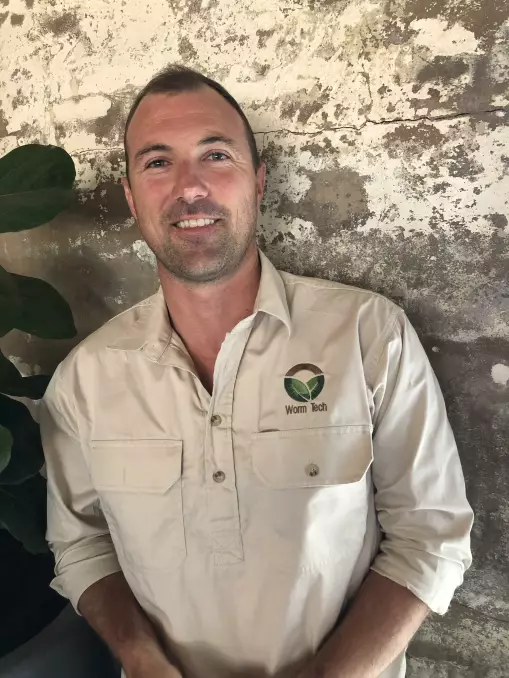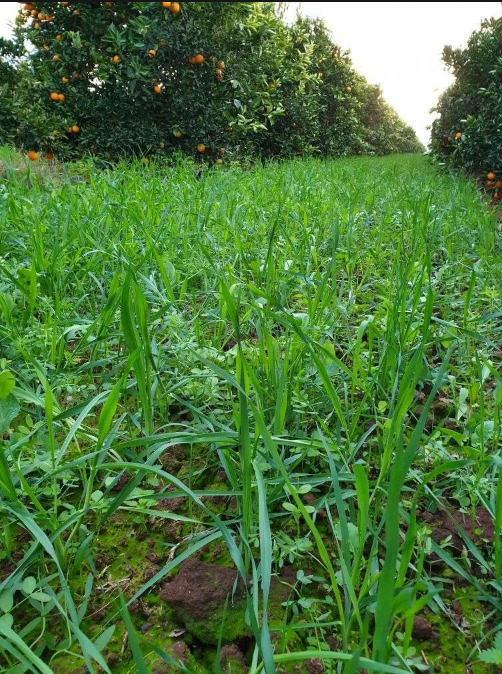
With the last of the summer harvest drawing to an end, now is a good time to be preparing your gardens for winter vegetable varieties.
Griffith composting experts Worm Tech share their secrets on good soil preparation and common mistakes backyard growers make when growing their own food.
It all begins with soil, says Gary Dal Broi from Worm Tech Griffith.
Soil health is about getting the right combination between the three main soil components: chemical, physical and biological. It should feel soft and it should be able to absorb water, Mr Dal Broi explained.
However, the best indicator is that you’ve got the combination, right? Worms, he said.
“Worms are a really good indicator that everything is functioning well. If you see approximately 25 worms per shovel, you’ve got really healthy soil.”
Lack of planning, not resting the soil and using artificial fertilizers are all common traps Mr Dal Broi sees that many backyard growers commonly fall into. The problem is, these practices often stunt plant growth or leave the plants susceptible to disease and pests.
Using artificial fertilizers like NPK may seem like the logical choice to give your soil the nutrients you need but using good quality compost and planting cover crops to rest the soil and replace nutrients are better strategies said Mr Dal Broi.
“In anything agricultural, excesses cause more grief than deficiencies,” he said.
“So going overboard and putting more of anything on, does not equal a better result.
“If you are using compost, it has all your essential nutrients but it’s bound up in organic matter and in an organic form. It takes a bit longer to break down so it effectively acts like a slow release fertilizer.”
Mr Dal Broi recommends now is a good time to be looking to put out a high quality compost.

“Putting it on to garden beds in a 20 to 50 millimetre layer of compost and then a light dusting of lime over that and working it into the soil,” he said.
Lime is great for plant strength and structure to keep the pests at bay, and it gives the soil a bit more sweetness which veggies like brassicas really like.
“People need to plan ahead for what they are going to harvest and what they will use a cover crop,” he said.
“What people tend to do is put the same things back in the ground over and over again, without giving the soil a rest.”
“Giving it a rest doesn’t mean leaving it bare, it means growing something that will then be put directly back into the ground to recycle the nutrients.”





